Vox Populi, Vox Dei is a daily column that runs on Page 1 of The Asahi Shimbun.
December 23, 2024 at 13:38 JST
During my recent visit to The Kyoto Shimbun, I descended the dimly lit stairs of the newspaper company’s building into the basement.
There, a cavernous space unfolded before me—the former printing plant that, for 40 years, churned out copies of the local daily’s morning and evening editions. Once a front line for documenting the times, the place now hosts the World Press Photo Exhibition 2024.
Standing before the prize-winning photographs, I listened intently to the silent messages emanating from behind the lens.
Among themes such as climate change and migration, the “Photo of the Year” was a shot from Gaza. A family of five had perished in a missile attack. A woman in a headscarf cradles the body of her 5-year-old niece, wrapped in a stark white sheet.
Her head droops, hiding her face—and any glistening tears. Precisely for that reason, the woman’s hand, gently cradling the head of the shrouded child, speaks all the more profoundly of her grief.
There, that single photograph, illuminated in the darkness of the venue, overlapped in my mind with the image of the Pieta following the Passion of Jesus Christ.
“It’s not always easy to stand aside and be unable to do anything except record the sufferings around one,” said Robert Capa, the photojournalist who roamed the battlefields from Spain to Normandy, and whose 70th anniversary of passing fell this year.
In today’s world, news is consumed in the blink of an eye. The photographers who win World Press Photo awards may well feel even deeper conflicts than Capa did.
Still, journalists believe that there must be meaning in communicating these stories. They capture human strength and folly, the world’s absurdities and kindness, through camera and pen, insisting that this is their mission.
In the exhibition hall, I saw many young people gazing at the photographs. Seen through my own eyes—just a small part of this vast world of journalism—it looked like a beacon of hope.
—The Asahi Shimbun, Dec. 22
* * *
Vox Populi, Vox Dei is a popular daily column that takes up a wide range of topics, including culture, arts and social trends and developments. Written by veteran Asahi Shimbun writers, the column provides useful perspectives on and insights into contemporary Japan and its culture.

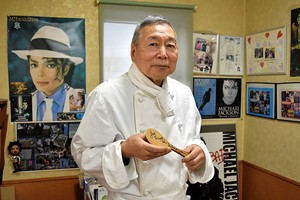

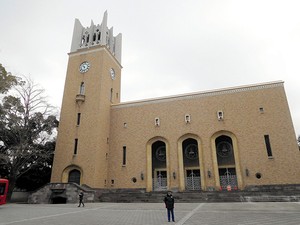



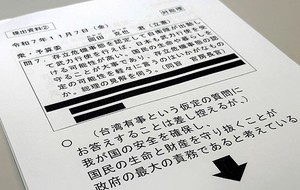

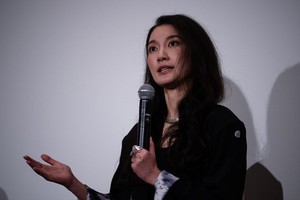
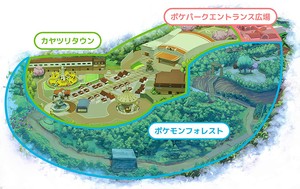




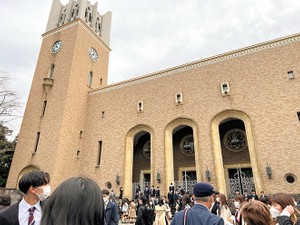




A peek through the music industry’s curtain at the producers who harnessed social media to help their idols go global.
A series based on diplomatic documents declassified by Japan’s Foreign Ministry
Here is a collection of first-hand accounts by “hibakusha” atomic bomb survivors.
Cooking experts, chefs and others involved in the field of food introduce their special recipes intertwined with their paths in life.
A series about Japanese-Americans and their memories of World War II